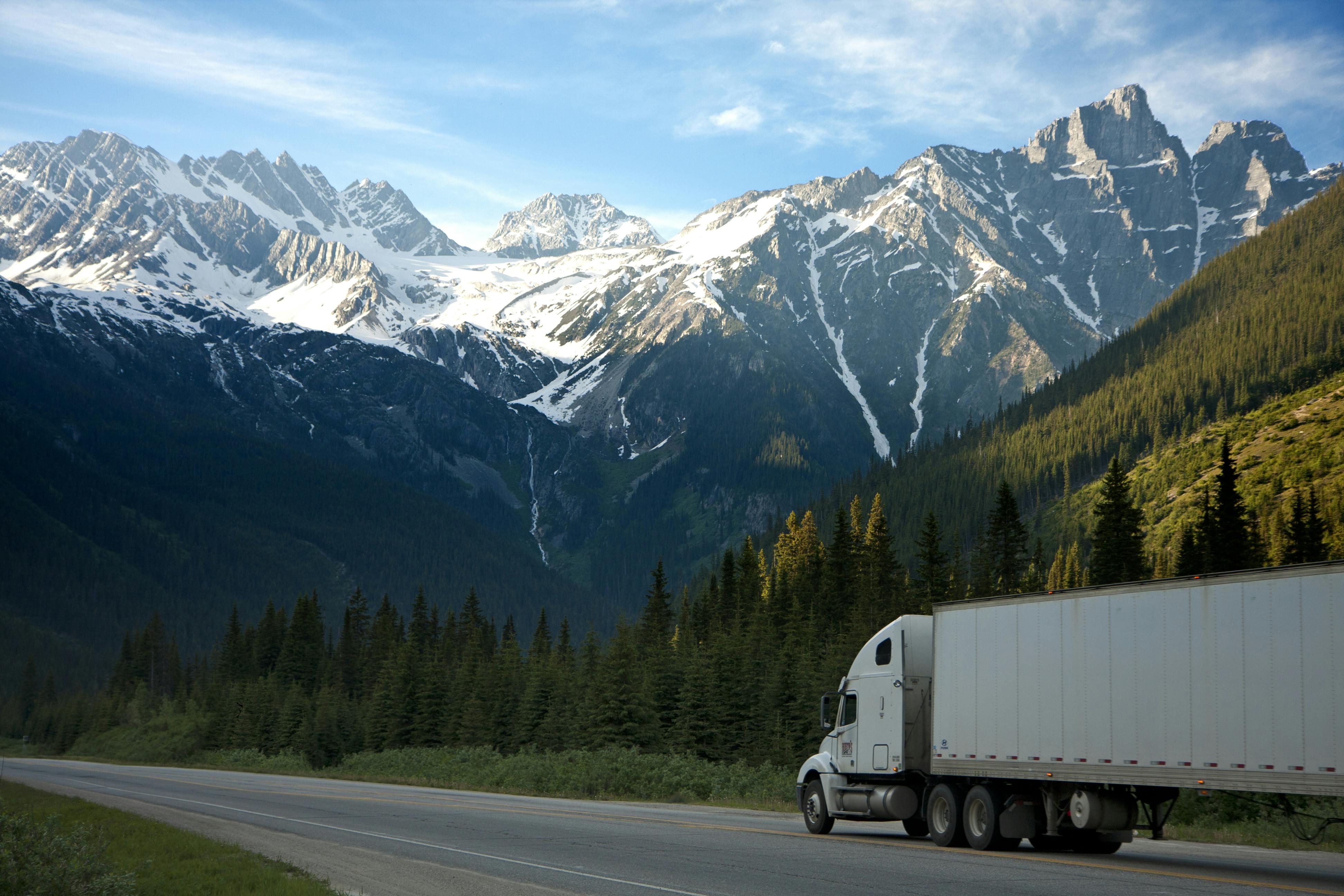Written by Veronica Red Pioquinto
30 April 2024

Businesses are now moving in a positive direction with responsible operations. Owing to the current state of our planet, it is becoming more and more imperative for businesses to adopt better, greener activities.
This article, the first in a series, aims to enlighten businesses interested in Green Logistics practices and its key indicators. The goal is to empower businesses to integrate and apply these initiatives into their operations in the future.
Green logistics refers to business practices that minimize the environmental impact caused by a company’s logistics network and product/service delivery. This mostly applies to the supply chain and if enforced correctly, the company’s logistical activity will yield lower environmental impact without significantly affecting economic activity. Environmental impact here refers to - but is not limited to - greenhouse gas emissions, fossil fuel energy, and end-of-life process of materials.
Key Principles
The key principles of green logistics (Dzwigol et al, 2021) look into the management of logistical flow. Additionally, they mirror the benefits and importance (AR Racking) of this approach in supply chain and service delivery.
Green logistics principles revolve around evaluating resource utilization. At the production level, this entails considering energy emissions, financial expenditures, surplus materials, and time efficiency, among others. The responsible use of raw materials forms the second pillar of these principles, emphasizing sourcing only what is necessary with minimal surplus. When applied correctly, these principles have the potential to lower costs and mitigate pollution.
Surplus is unavoidable even with strategic resources and raw materials management. Therefore, another key principle of green logistics is maximizing the utilization of surplus. This encompasses repurposing production waste, either as secondary raw materials for containers and packaging or redirecting it to environmentally friendly disposal channels. The benefits remain consistent: potential cost reduction, improved profitability, and reduced pollutants.
Transport and storage are essential components of logistics and must be both economically and environmentally sustainable. This entails optimizations such as warehouse automation, programmed stocking, and implementation of more efficient transport systems, including considerations of vehicle types, routes, and emissions. Proper implementation of these measures can lower transport costs and reduce risks in transportation.
People play a crucial role in the execution of green logistics. Environmental education and personnel responsibility are key factors in ensuring the consistent adoption of green logistics practices. Studies have shown that education, training, and technological readiness are paramount to a business in driving logistical performance (Ekici et al., 2019). Moreover, the introduction of innovative technologies to reduce environmental impact relies on individuals who are responsible and environmentally aware.
Innovations and digital technologies offer efficiencies and improvements that can reduce environmental impact, such as warehouse automation through the use of digital databases, and efficient source-reduction programs. These innovations not only enhance a business’s image with customers and partners but also contribute to long-term profitability.
Green Logistics Indicators
As green initiatives gain momentum, there is growing pressure on the logistical sectors since much of their activities cause environmental degradation due to the use of fossil fuels (He et al., 2017; Rashidi and Cullinane, 2019). Literature has now provided means to identify indicators to evaluate green logistics to help businesses adopt greener practices.
- Green Purchase: This refers to sourcing goods from (green) suppliers. Mainly those whose environmental advocacies are evident in their compliance, certification, and transparency with material sources and processes.
- End-of-Life Practices: The primary goal of this practice is to designate a destination for a product after use either by reusing, recycling, or remanufacturing.
- Green Transport: This refers to the use of eco-friendly or renewable energy sources such as biodiesel and biofuels. This also considers mileage, transport type (e.g. use of electric vehicles), and vehicle efficiency (e.g. fuel economy of vehicle used, shorter routes, etc).
- Green Packaging: This mainly entails a packaging item’s probability of being returnable, reusable, and recyclable. Also, in line with the end-of-life practices above, green packaging looks at the end-destination of the potential waste the packaging may entail upon its distribution.
- Green Stocking: This area looks into stocking efficiency, primarily energy use in warehouses, including energy consumption at large during the stocking period as well as the potential to use renewable energy during the stocking timeframe.
- Sectional: This indicator encompasses the environmental management of a business at large. This entails the need for environmental certifications which allows a third-party audit of the above.
In a nutshell, green logistics, when implemented correctly, helps reduce the costs of managing the movement of logistical flows, while at the same time maintaining the required level of environmental safety.
References:
Dzwigol, H., Kwilinski, A., & Trushkina, N. (2021). Green logistics as a sustainable development concept of logistics systems in a circular economy. https://www.researchgate.net/profile/Aleksy-Kwilinski/publication/353413345_Green_Logistics_as_a_Sustainable_Development_Concept_of_Logistics_Systems_in_a_Circular_Economy/links/60fae5112bf3553b29094cd4/Green-Logistics-as-a-Sustainable-Development-Concept-of-Logistics-Systems-in-a-Circular-Economy.pdf
Ekici, S., Kabak, O., & Ulengin, F. (2019). Improving logistics performance by reforming the pillars of global competitiveness index. https://www.sciencedirect.com/science/article/abs/pii/S0967070X18305456?via%3Dihub
Green logistics: what is it, what are its advantages and how can it be applied?. https://www.ar-racking.com/en/blog/green-logistics-what-is-it-what-are-its-advantages-and-how-can-it-be-applied/
